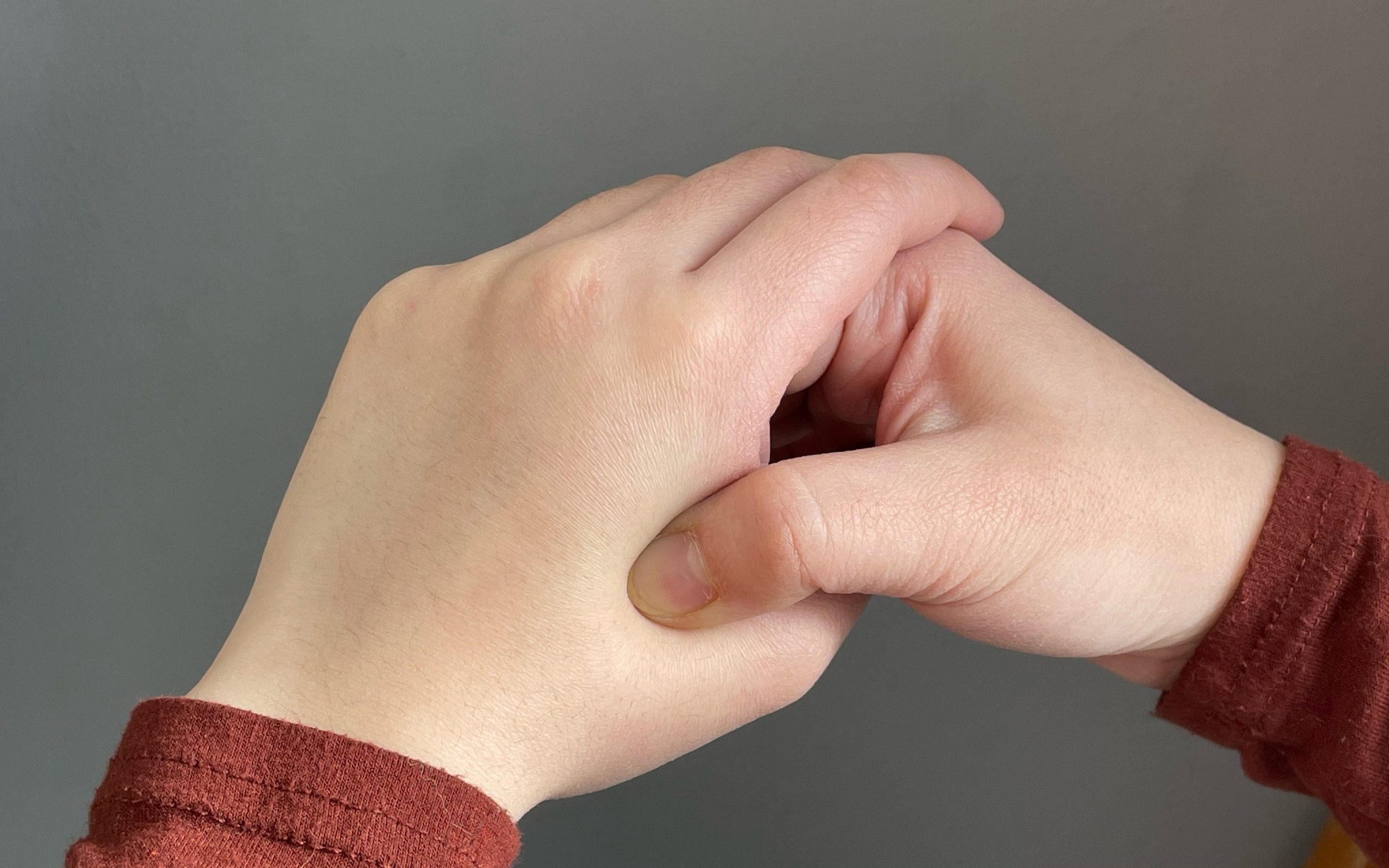HEADACHES
Do you have a headache now? Try this!
- Lay down, close your eyes and breath slowly.
- Massage the point between the base of your thumb and index finger. It may feel very tender.

A headache is a discomfort that can greatly affect our day-to-day lives. There are many manifestations of a headache: sharp, dull, pressure, various locations and triggers. A headache has very complex symptoms that can be minor or a precursor for something more serious. That is why frequently reoccurring and severe headaches should not be neglected. Let’s take a look at the two types of headache.
Primary headache
These are headaches without a clear cause, like a migraine, tension headache, cluster headache and more. In clinical practices, over 90% of people suffer from this type of headache.
Secondary headache
These are headaches induced by a medical condition. For example, trauma, spine disorder, blood pressure, medication side effect, hormonal imbalance, etc.
How does Traditional Chinese Medicine see it?
In Traditional Chinese Medicine (TCM), a headache is very complex and can have various reasons. Generally, it classifies headaches into two major categories, exogenous and endogenous.

Exogenous (External)
These are headaches related to exterior factors. External pathogens like cold or heat can enter our body, causing imbalances. One example is in the summertime, when we are exposed to the sun for a long period time, we can easily have a heat stroke, which often creates a headache as one of the symptoms. Heat enters the body, causing Yang/Qi, the driving force of biological activities in the human body, to rise up and flow into the head, causing headache.
Endogenous (Internal)
In TCM, the brain is nourished by the liver, kidney and spleen. The kidney produces an essence that nourishes the brain, so insufficiency can lead to headaches. Emotional instability and stress can knot up liver energy. Stagnant Yang/Qi will generate heat rising up to the head, inducing a headache. The spleen, on the other hand, produces Yang/Qi and blood for the body as well as removing excess moisture and dampness, from our bodies. Lack of this function can also lead to a headache.
Did you know the location of headache also give us some hint?
Aside from the characteristic of the headache, location of pain tells us which meridian is affected. For example, a common location for a headache is at the temples, which are associated with the liver meridian. Those who work on the computer a lot may have a headache at the back of the head around the neck, which is associated with the bladder meridian. By identifying the location, we can understand how the headache developed.

How can TCM help?
Instead of taking pain killers when you get a headache, try using acupuncture and herbs together to alleviate the headache and accompanying symptoms. For a proper diagnose, keep track of the characteristics of your headache, its characteristics, location and duration. As well as any accompanying symptoms like nausea and vomiting. Anything that triggers a headache, like after a stressful day or a menstrual period (more information on menstrual health here). This information can help your practitioner diagnose and treat your headache.
How to Book:
All visits require an appointment.
Contact us directly email or phone to book a treatment or consultation. If you happen to reach our voice mailbox, kindly leave your name, number, and inquiry and we will respond as soon as possible (view contact information).
Online booking is also available here.